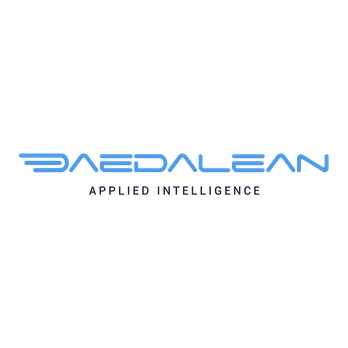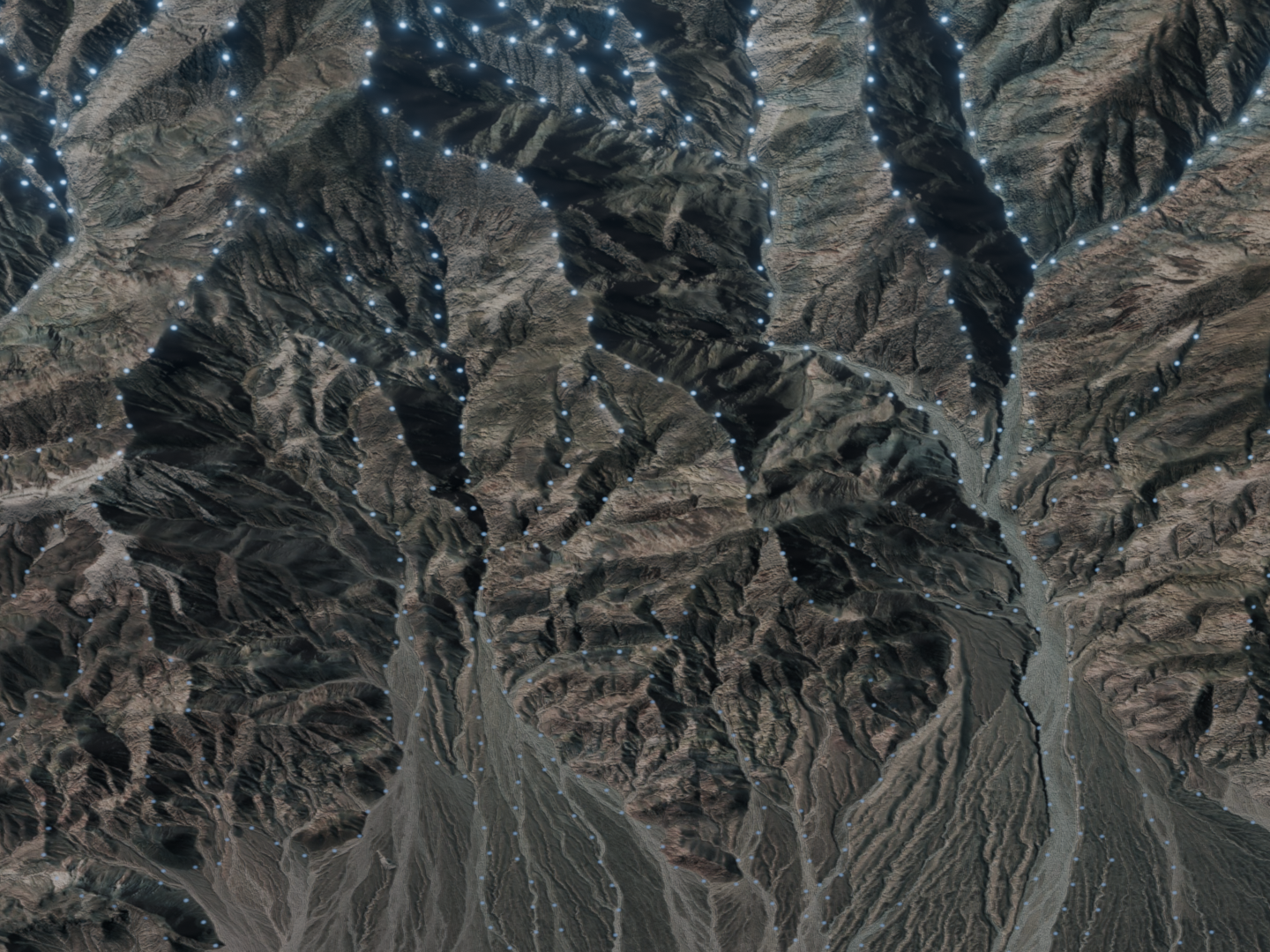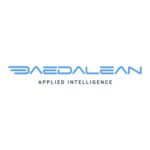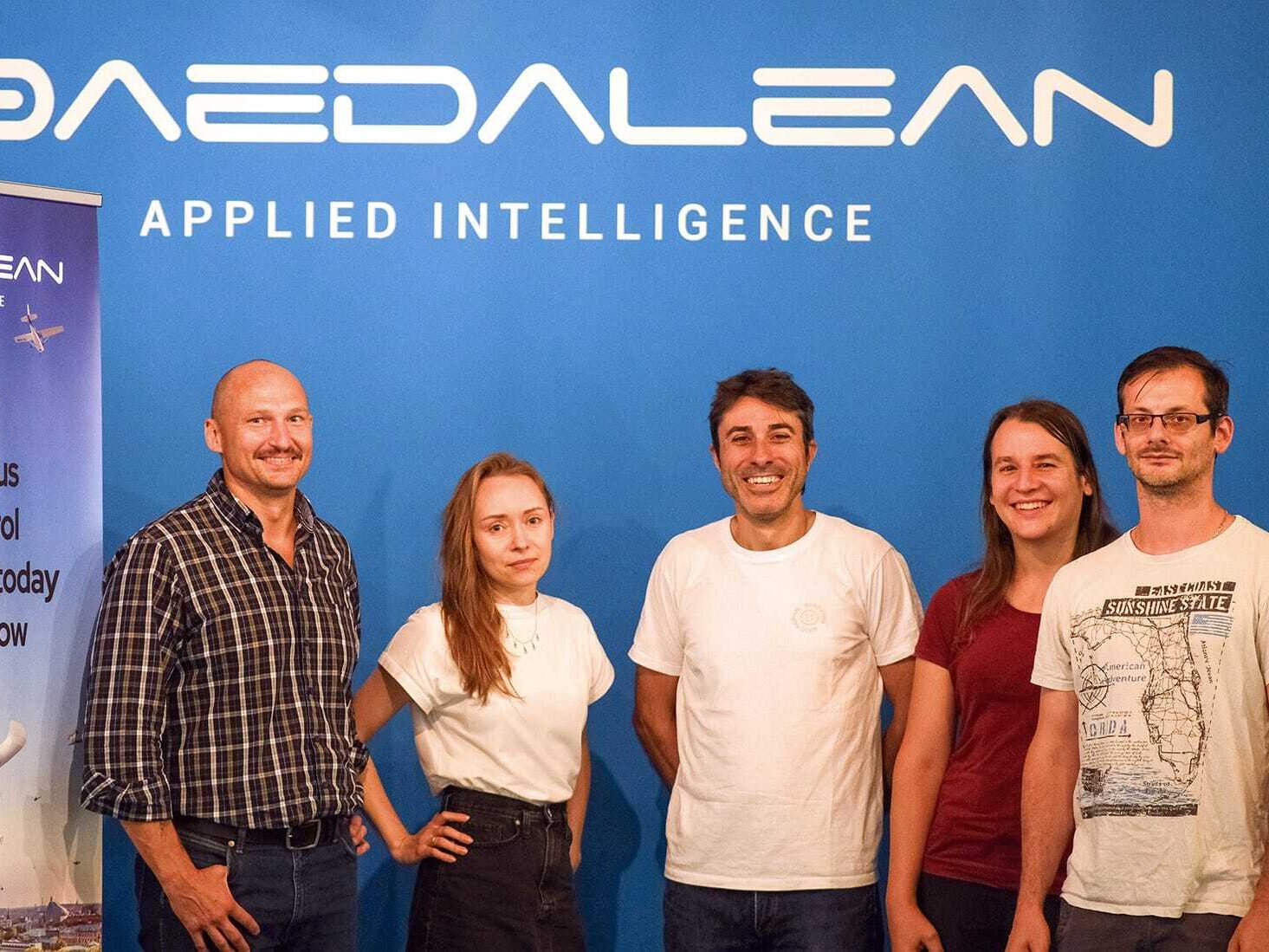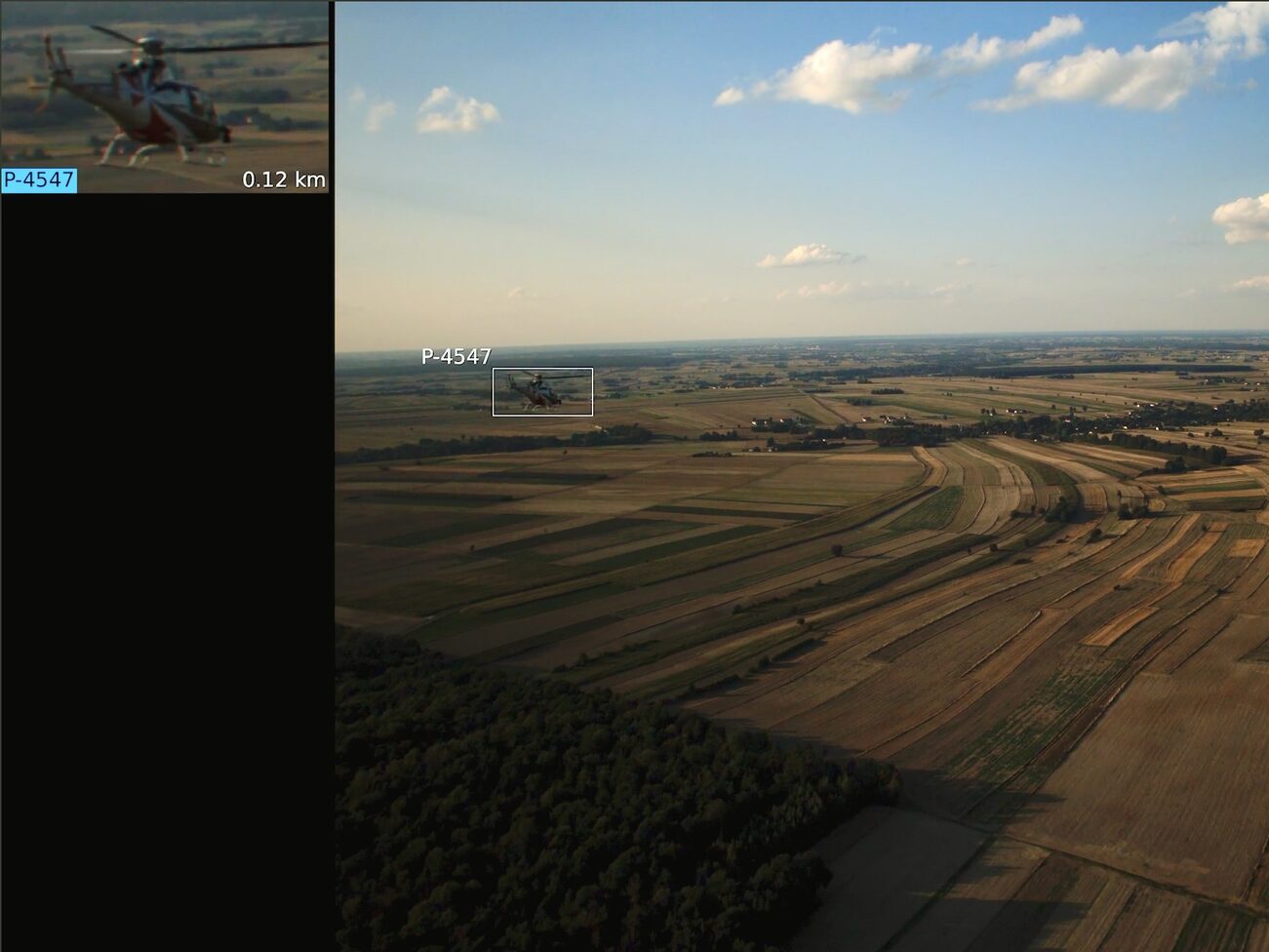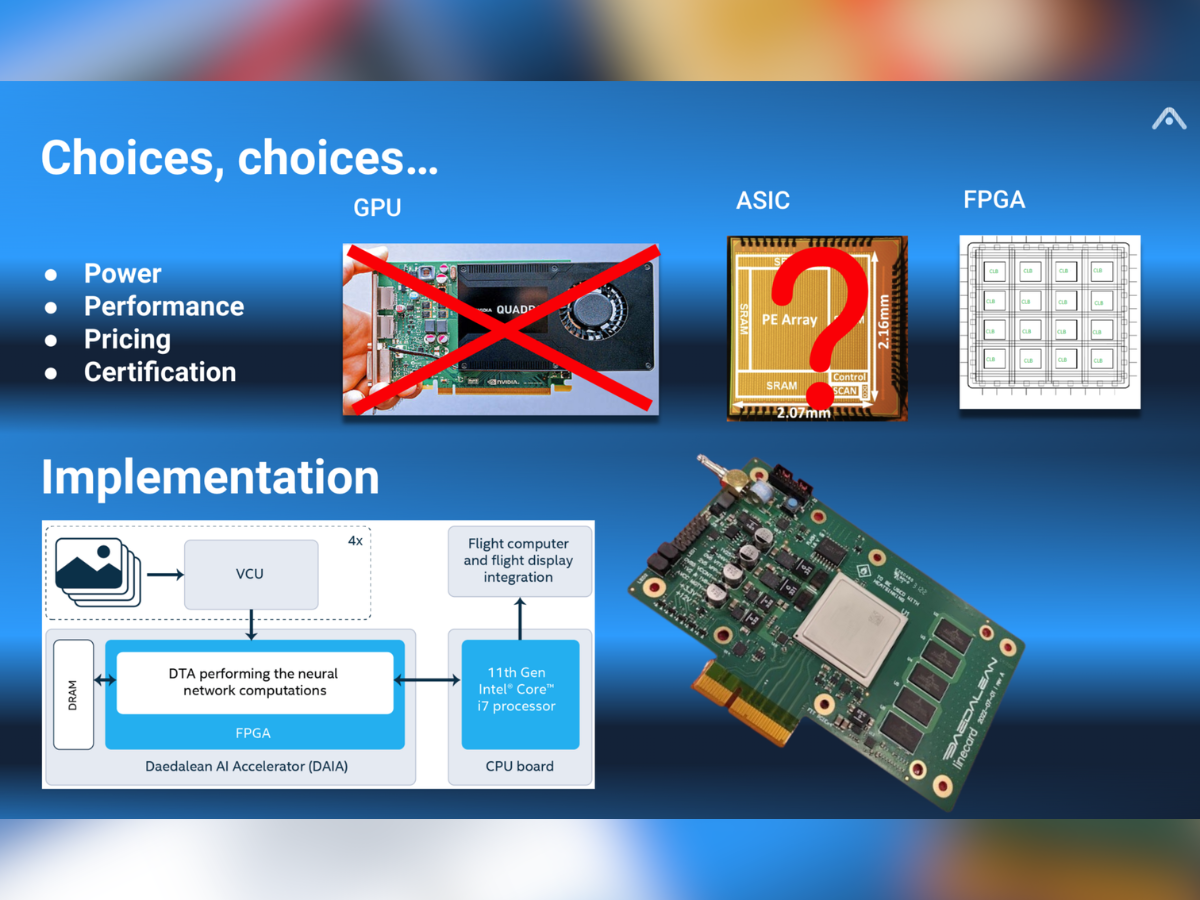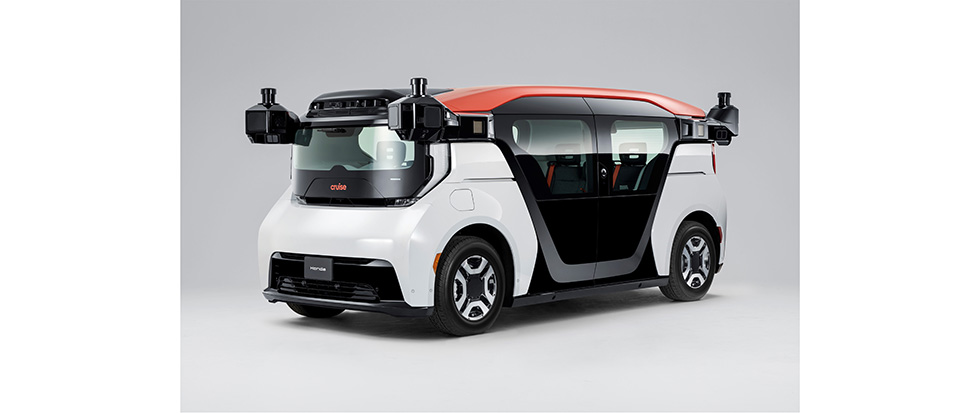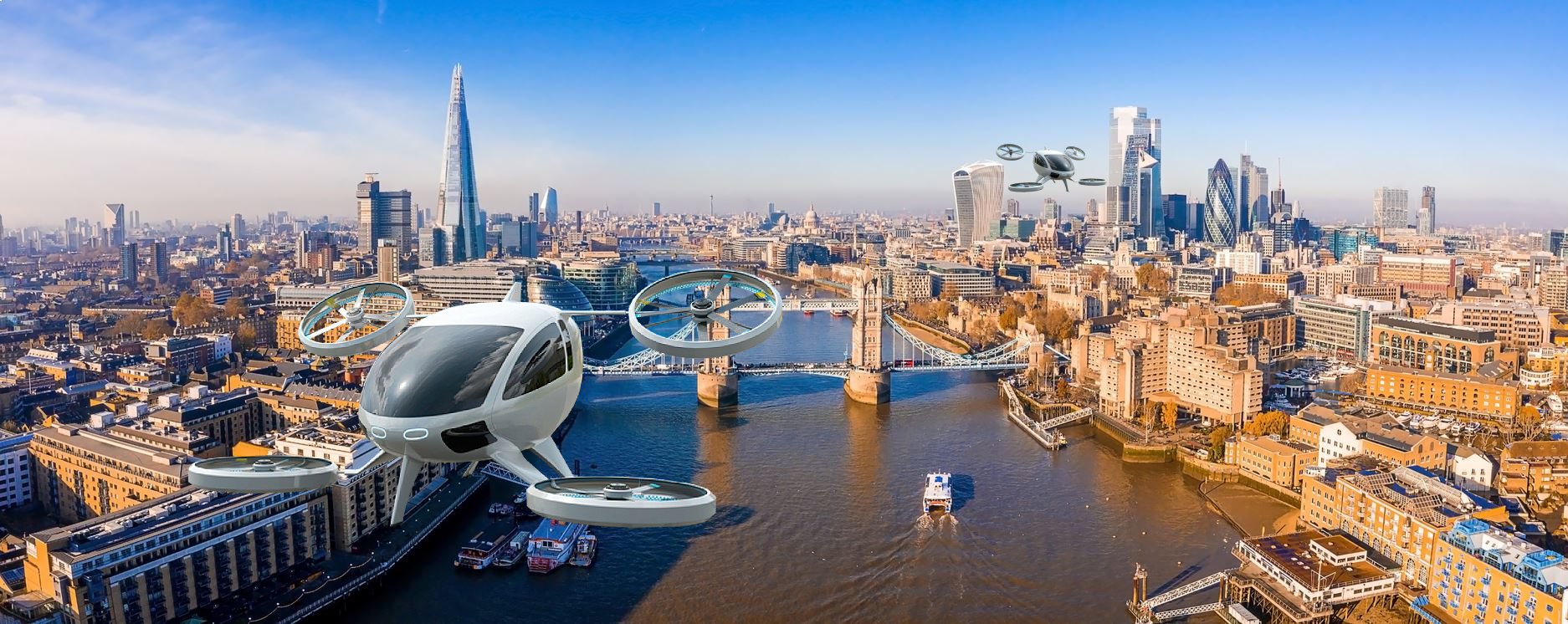Daedalean creates tools to assist pilots. We feel those tools will one day become powerful enough to control autonomous flying aircraft.
But to accomplish either of these goals, we need to understand pilots’ needs. In order to do that, we need to think like pilots.
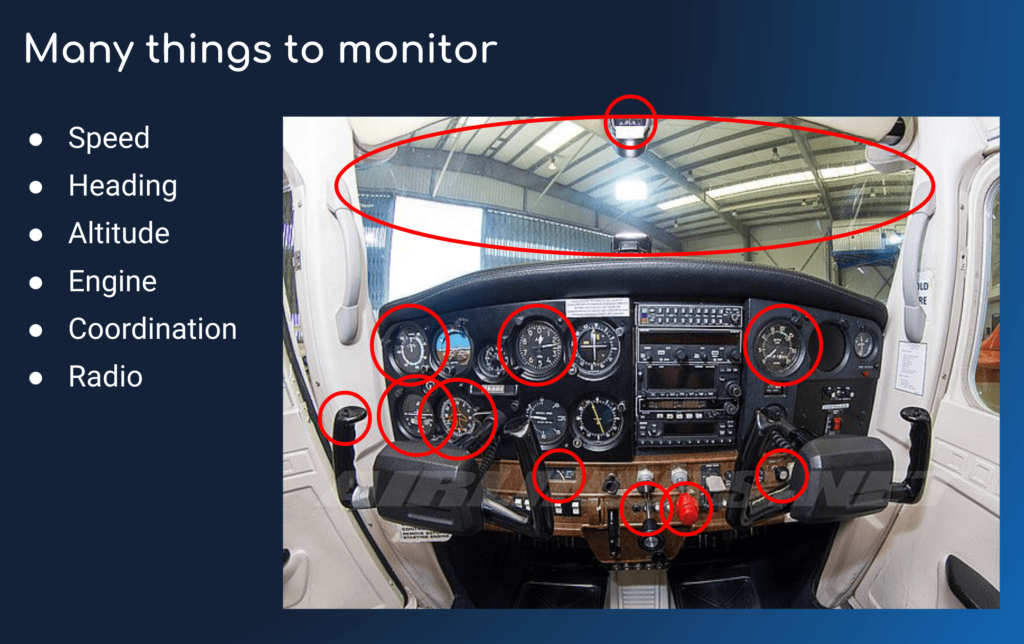
Daedalean is a company primarily of engineers with expertise across software, hardware, machine learning, and robotics. Our work with the governing authorities has put us at the forefront of creating certifiable machine learning systems for safety-critical applications. But, we feel that knowing the pilot experience firsthand is an invaluable part of creating tools that are valuable to pilots. Therefore, we are becoming pilots.
Seventeen of our colleagues have pilot’s licenses. Several in the last few years have taken advantage of company support to become pilots, even our CEO. (Way to go, boss!)
Giovanni Balduzzi just recently earned his wings. Although his experience with working on our systems prepared him intellectually for the challenges of flying, the experience of flying proved both arduous and insightful.
Giovanni Balduzzi, said:Giovanni is a software engineer, and at Daedalean, he is the technical lead on our Visual Landing System. Before joining Daedalean, he dedicated his time to pursuing and successfully completing his PhD in computational physics at ETH, Zurich. Giovanni holds a BSc in Physics from Università degli Studi di Genova and Master’s Degree in Theoretical Mathematical Physics from ETH Zurich.
Crowded Skies
Giovanni admitted in an unprompted yet very on-brand comment for an employee of a company creating a visual awareness system:Overall, I would say that my biggest fear when flying is a very practical one – not being able to see what is below and above me.
While learning to fly, you can barely handle the aircraft, much less maintain awareness of everything going on outside the aircraft. I have a much deeper, and deeply visceral, appreciation now for what our technology is trying to achieve.
One of the first things Giovanni was taught was that everyone onboard any General Aviation aircraft is requested to act as part of the flight team by providing another set of eyes on the surroundings. Even experienced pilots of General Aviation aircraft demand all passengers to look out for aerial traffic.
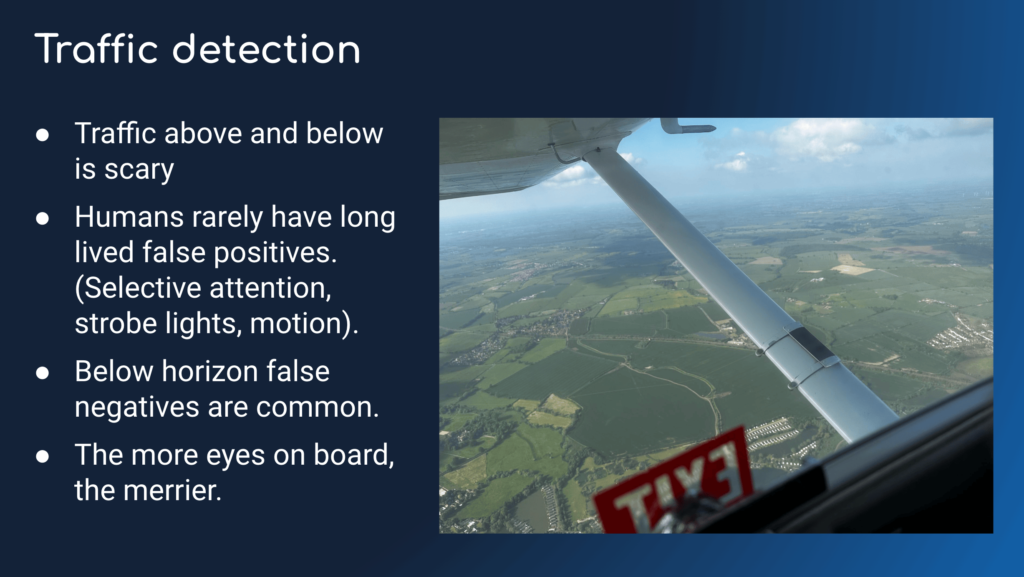
Giovanni realized:If even non-pilots aboard civil aircraft are tasked with traffic detection. It seemed obvious that technology that is in all ways better than the human ability to detect traffic is going to be valuable.
During a training flight with his instructor, Giovanni experienced how difficult it is to identify nearby aircraft.
Giovanni said:I was coming in for a landing and feeling pretty good about everything. My approach was nice, speed perfect, and glideslope right on target. I touched down with my best flare so far and was generally feeling pretty pleased with myself. After I taxied over to the hangar and came to stop, my instructor had some news for me. During the approach, there was an aircraft 500 feet below us, and I still didn’t see him!
Hard Landing
Later in Giovanni’s training, he was attempting a cross-country flight, which is a standard training task where the student pilot takes off from one airport and lands at another. Despite studying the relevant maps before the flight, matching them with the view outside required more effort than he had imagined. When he finally spotted the target airport, the runway seemed smaller than expected. He was disoriented. After reconciling the GPS and map with his own observation, Giovanni was ready to contact the airport’s control tower to request permission to land. However, he didn’t receive an immediate response. Now, he was second-guessing himself, which put his focus again on matching up the map with the terrain. Finally, the tower cleared him to land, but on the final approach, he realized something wasn’t right.
Giovanni said:I was too high on the final. I should have gone around. But I didn’t. My landing was a bit rocky, bouncing on the ground once. I hadn’t realized how distracted and disoriented I had become by my trouble finding the airport. I would really have appreciated the Visual Landing System.
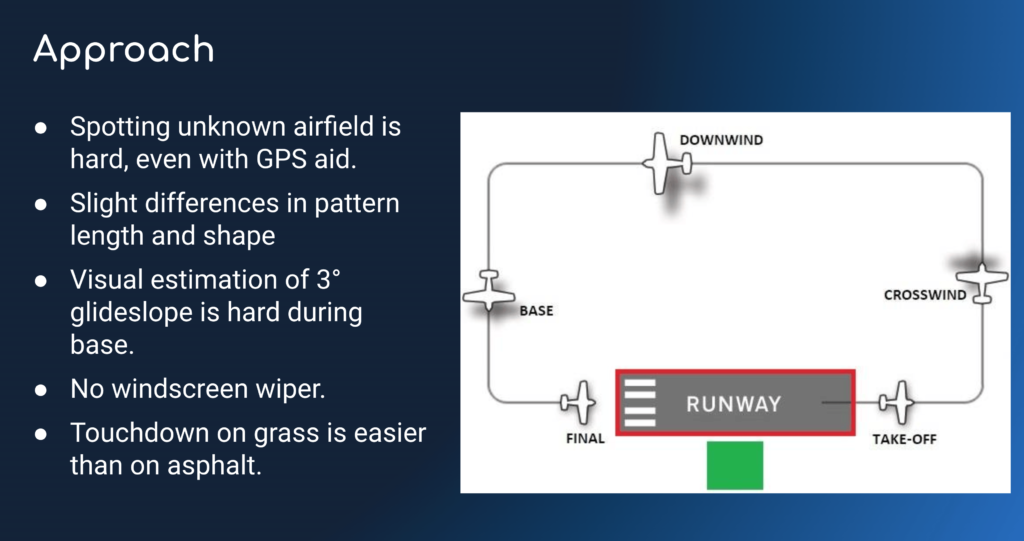
Indeed, aircraft equipped with the Visual Landing System would assist Giovanni in this scenario in two ways. First, it would identify the airport, reducing reliance on maps. Second, while calculating glideslope, it would alert Giovanni to his higher-than-optimal altitude on the final approach. In addition, Daedalean’s Visual Positioning System would serve as a backup if GPS were for any reason disabled.
What was most surprising about the entire flight school process had nothing to do with flying at all.
Talking While Flying
Giovanni said:While attempting to keep the plane safe in the air and avoiding collisions with other aircraft, a pilot is also expected to communicate in what feels like almost a new language.
Precise identifying information must be delivered systematized and in a specific order. ATC crew respond in similar dense, information-laden bursts. All the while, the pilot is expected, of course, to fly the plane.
Giovanni continued:I know digital vehicle-to-vehicle communication is years off. And I’m proud to say Daedalean is working to bring it to fruition. But what occurred to me is that all the pilot assistance that our systems provide would greatly reduce the workload on me as a pilot so that I could be sure to be able to focus when radio communication is necessary.
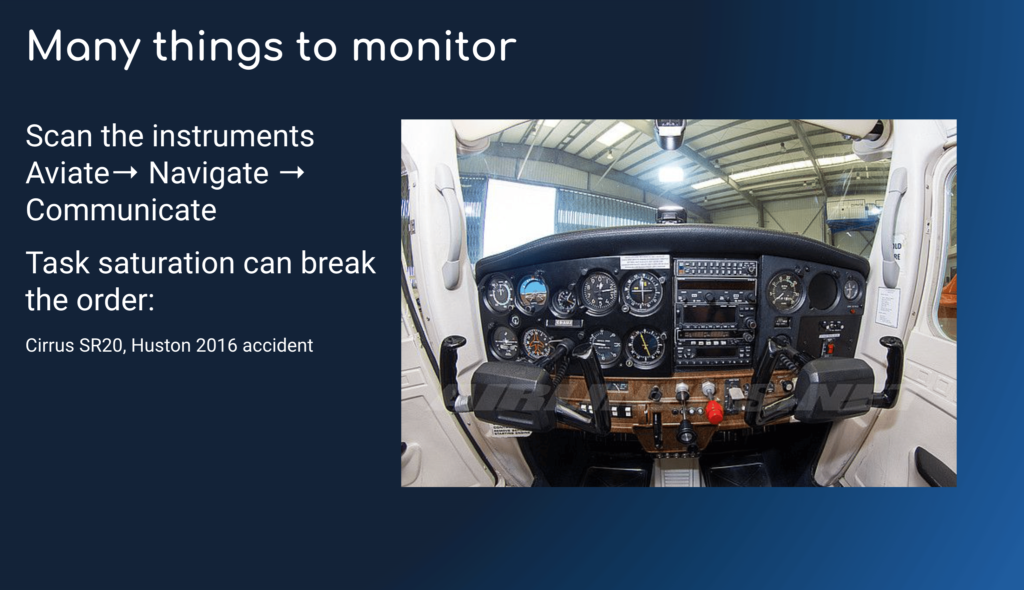
Will learning to be a pilot change our products’ specifications in identifiable ways? Will our engineers develop new functionalities for the system based solely on taking to the sky? Yes, in fact. We’ve already started on a voice-transcribing system based on our employee pilots’ experience! But, more than any particular, what we can say is that each employee who takes on the challenge of becoming a pilot claims a stake in the process. Each employee takes on a personal sense and understanding of how our work will impact everyone who takes to the sky.
Giovanni concluded:As an engineer working for three years on this technology, I expected to see confirmation of our products’ value. But I didn’t expect to feel what I guess you could call ‘pre-gratitude’ for the technology. I don’t want to overstate it, but my work has become much more real in a way that would be impossible without the experience of becoming a pilot.
This article was originally published by Daedalean.


